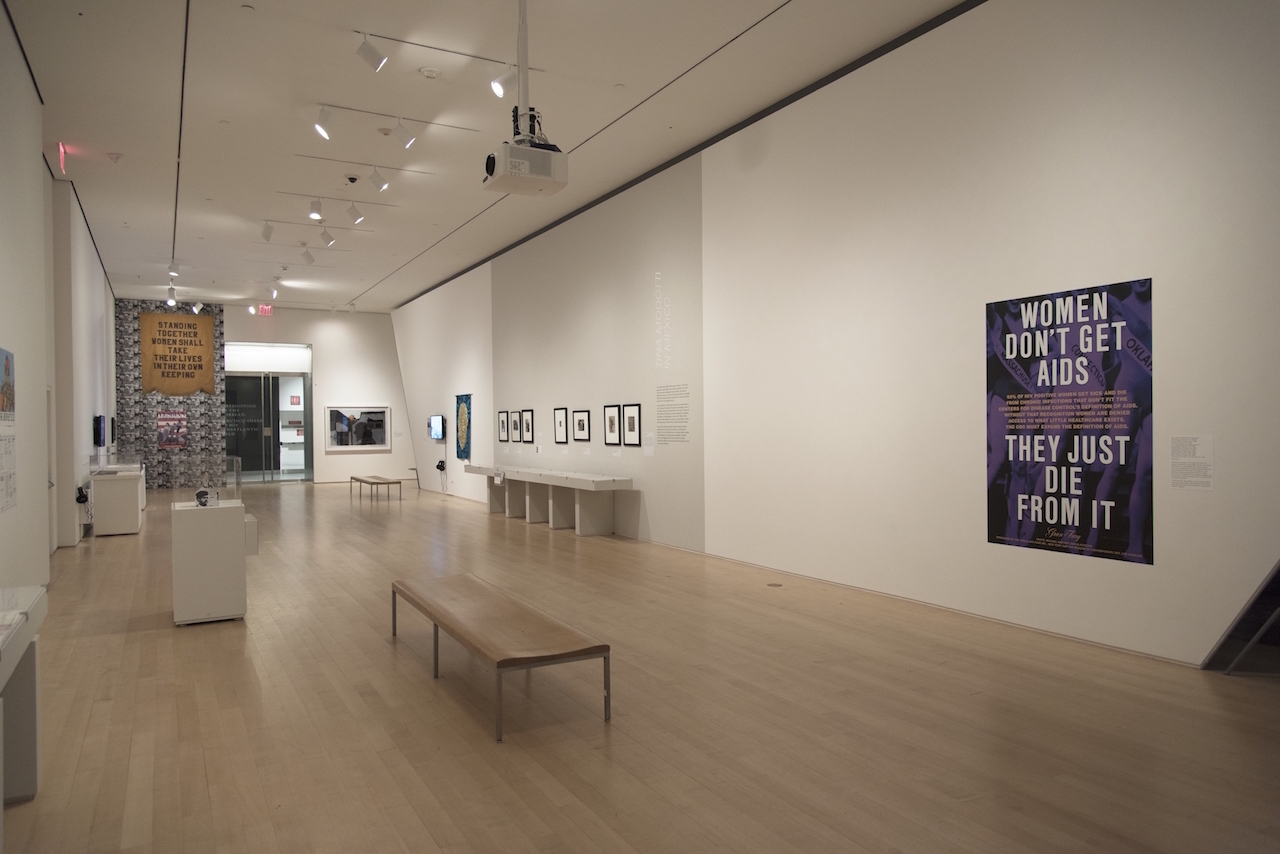
Metropolitan Museum of Art, New York. Courtesy of anielbaez0 on Pixabay.
Museums in the United States are undergoing an identity crisis. With significant capital invested in a decade-long effort to create globally oriented identities and operations, many cultural institutions must reckon with the results of their sometimes-flawed decisions and risk relinquishing progress in this sphere to the resurgent isolationism heralded by the ascendency of Donald Trump.
Was the concept of the global museum a chimera, a branding ploy to justify ambitious and aggressive expansions, distracting us with the prospect of a more democratic organization? In this vision, the global museum would no longer be simply a warehouse for antiques; through staff diversification and public-programming initiatives, it would raise its audience’s political consciousness. Many in the art world hoped that the global museum would become a tool of cultural diplomacy, a bastion for multiculturalism, or, at least, a guardian against philistinism.
However, most dreams of the global museum were never realized, as they were overly grandiose and expensive. Every substantial renovation or expansion widened the gap between ideals and efforts. And while nearly every major museum has physically grown in the past ten years, efforts at staff diversification have stalled. (Eighty-four percent of museum staff in curatorial, conservation, education, and leadership roles are composed of White people, according to the Andrew W. Mellon Foundation’s 2015 Art Museum Staff Demographic Survey.) And, in the case of the Metropolitan Museum of Art, hiring freezes were implemented to combat a rising deficit, owing in part to the Met’s imprudent real-estate ventures, including renting the former Whitney Museum building designed by Marcel Breuer. Atoning for the Met’s projected $10 to 40 million deficit was the resignation in February 2017 of its director and chief executive, Thomas P. Campbell. Ironically the global museum has had to shrink, owing to overambitious expansion projects, leaving newly built walls to stand as a husk, an empty monument to the global ideal.

Installation view of Agitprop! (2015) at the Brooklyn Museum. Photo by Jonathan Dorado. Courtesy of the Brooklyn Museum.
What redeems this troubled condition is the art. Without question, exhibitions mounted in recent years have showcased these museums’ new devotion to challenging established narratives of art history with the work of overlooked artists from varying socioeconomic and political realms. The Studio Museum in Harlem is a stalwart pioneer in this regard, by giving voices to African American artists for nearly fifty years. Other museums are finally catching on. From the presence of exhibitions like Agitprop! at the Brooklyn Museum, Åzone Futures Market, at the Guggenheim Museum, and Design and Violence, at the Museum of Modern Art, there are clear signs that museums have begun to grapple with the political economy and their place within it. No longer reticent, their exhibitions and programs are investigating the issues of protest, money, and violence; innovative curators and educators are demonstrating the ability of even the largest institutions to engage in critical self-reflection. And as elsewhere in the country, redemption for the dashed optimism of a global outlook is not in the hands of the executive class but rather in those of the staff leaders and workers who fight for it.



